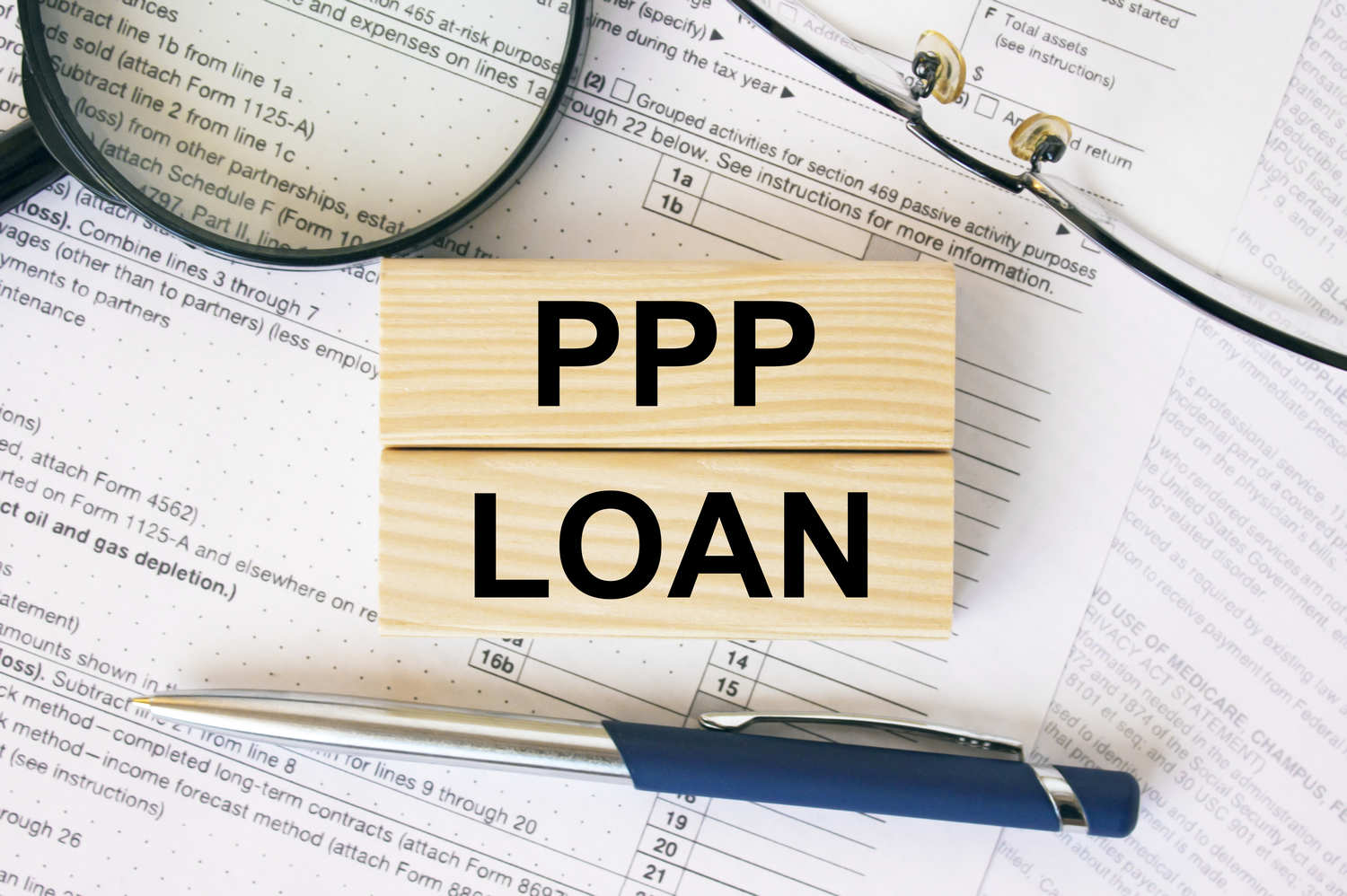Step-by-Step Guide to Legally Setting up a New Business
September 26, 2025
Starting a new business can feel like trying to learn a new language while juggling. It’s exciting—but also full of legal, financial, and regulatory steps that most first-time entrepreneurs don't expect. Whether you’re opening a solo consultancy or launching a small retail store, the early decisions you make will shape how smooth or difficult things become down the road.
Getting set up properly isn’t just about staying compliant—it’s also about building a stable foundation that supports growth, reduces risk, and makes tax season far less stressful.
Start With the Right Structure
One of the earliest (and most important) decisions is choosing your legal structure. For small businesses, the most common options include sole proprietorships, partnerships, LLCs, and S corporations. Each has different implications when it comes to taxes, liability, and paperwork.
If you’re starting solo, it may be tempting to default to a sole proprietorship. It’s the easiest and cheapest structure to form—but that simplicity comes with risk. Your personal and business finances aren’t separated, which means your personal assets could be on the line if something goes wrong. LLCs and S corporations offer some liability protection while still keeping administrative tasks manageable.
Before you choose, it’s wise to talk through the options with your CPA. What sounds straightforward now may create unexpected tax headaches later, depending on your revenue, expenses, or plans to hire.
Registering the Business and Securing a Name
Once you’ve picked a structure, the next step is to register your business. This typically involves filing with your state’s Secretary of State and paying a registration fee. You’ll also want to choose a business name and make sure it’s available for use. In some states, registering a “doing business as” (DBA) name is also necessary if your company name differs from your legal name.
It’s a small detail, but it matters. Your name will follow you on everything—business licenses, tax documents, contracts, bank accounts, and marketing materials. A quick name search now can save future hassles with trademarks or domain ownership.
Get Your Tax Identification in Order
After registering, your next stop is the IRS. Most businesses will need an Employer Identification Number (EIN), even if they don’t plan to hire employees right away. This number acts like a Social Security number for your business—it’s used for filing taxes, opening a business bank account, and dealing with payroll.
Applying for an EIN is free and can be done quickly online through the IRS website. Some sole proprietors operating under their own name may not need one, but having one still helps separate your personal and business finances, which is a smart move long-term.
Set Up Proper Financial Accounts
Opening a dedicated business checking account is more than a formality. Mixing personal and business transactions—even for something as small as buying office supplies—can cause major problems later. Clean bookkeeping starts with clean separation.
Depending on your business model, you may also want a business savings account, a merchant services account for credit card processing, or a basic accounting software system to track income and expenses. Your CPA can help match the complexity of your financial tools to the actual needs of your business, so you’re not paying for more than you’ll use.
Don’t Skip Licensing and Permits
Nearly every business needs some type of license, permit, or certification—even if it’s just a general business license or a home occupation permit. Requirements vary widely based on location and industry. For example, a retail store may need sales tax permits, while a food-related business may require health inspections and food service certifications.
This is where local knowledge matters. A quick call to your city or county business office can often clarify what’s needed. If you’re unsure, your CPA or attorney may already have a checklist based on your type of business.
Understand Your Tax Responsibilities Early
Taxes are a common pain point for new business owners—but they don’t have to be. The key is understanding what taxes apply to your business from the beginning.
Depending on your structure and location, you may need to handle income tax, self-employment tax, sales tax, or estimated quarterly taxes. Many small business owners are surprised to learn how quickly tax obligations can pile up, especially if no system is in place.
The solution? Don’t wait for tax season. Sit down with a CPA as soon as your business is active, and map out your expected obligations for the year. Ask about estimated payments, allowable deductions, and ways to reduce taxable income while staying compliant.
Protect the Business With Insurance
Another early consideration is business insurance. General liability coverage is a smart starting point for most small businesses. If you have employees, you may be required to carry workers’ compensation insurance. Depending on your industry, additional policies may include professional liability, commercial auto, or cyber insurance.
Plan for the Future, Even If You're Just Starting
It’s hard to think about long-term plans when you’re still choosing logos and setting up websites. But small steps now can lead to big stability later. If you plan to hire employees, put systems in place now for payroll taxes, worker classification, and benefits tracking. If you think you’ll sell the business eventually, keep strong documentation from the start.
A good CPA can help you plan for growth, not just startup. That includes building cash reserves, creating a budget, setting up retirement plans, and preparing for scaling—whether that’s expanding your team, entering new markets, or streamlining your operations.
Launching a business legally and efficiently isn’t about checking boxes. It’s about building a foundation that supports your vision and helps you stay focused on what you do best—running the business itself. From choosing a structure to managing taxes and preparing for growth, each early decision plays a role in long-term success.
The process may feel overwhelming at first, but you don’t have to do it alone. A CPA who understands small business can help you navigate every step, avoid missteps, and keep your finances as strong as your goals. If you’re planning to launch soon, reach out to your CPA for personalized guidance and peace of mind.
by Kate Supino









